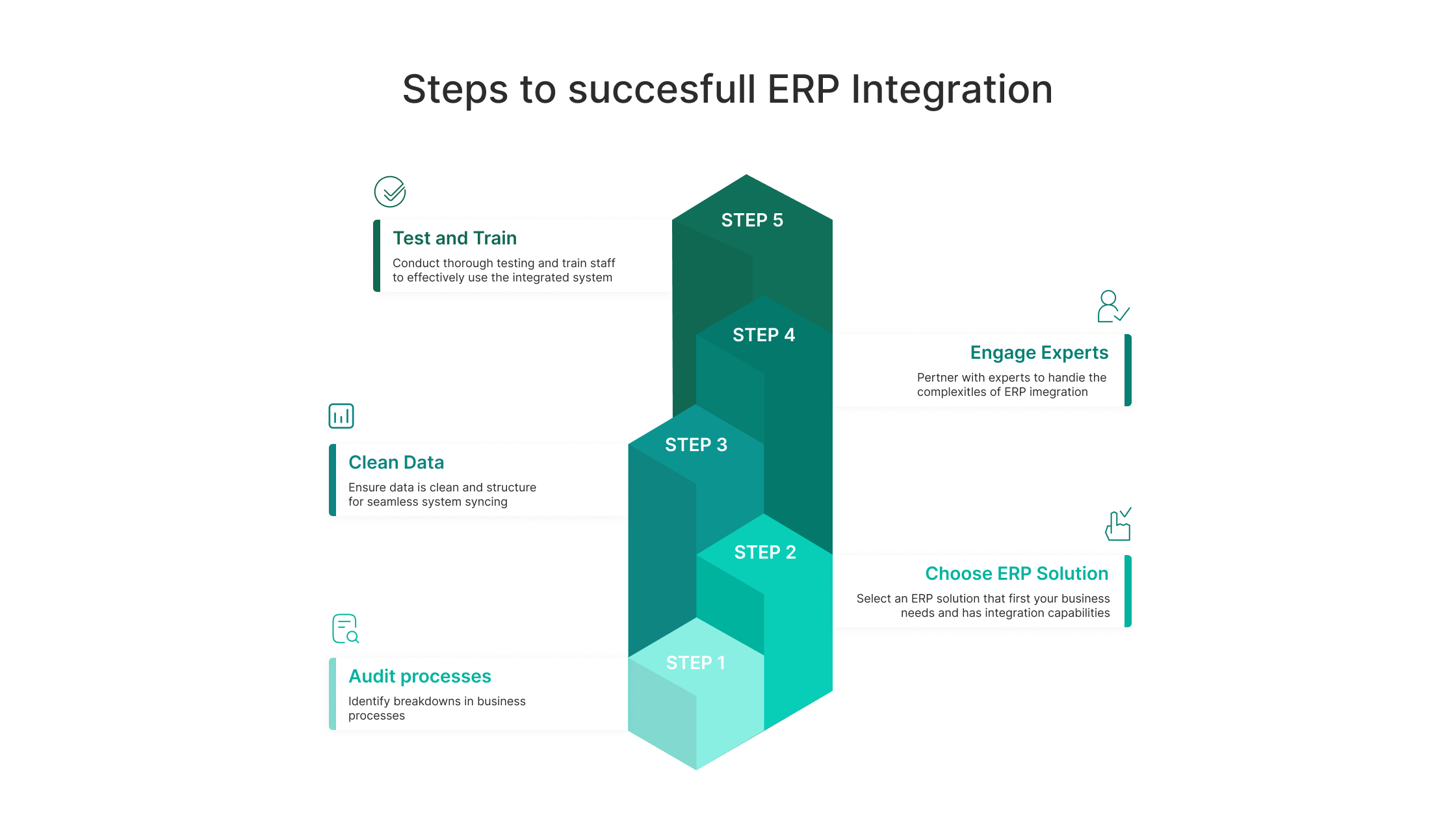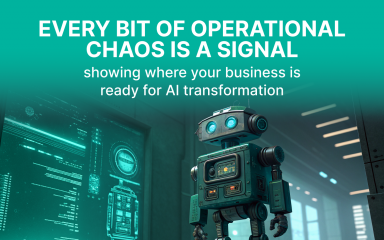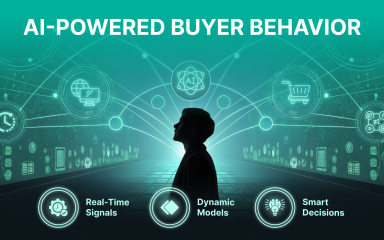Ecommerce ERP Integration: How It Streamlines Operations and Increases Efficiency for Smarter, Faster, and More Profitable Operations
If your ecommerce business is growing faster than your spreadsheets can keep up, it’s time to talk about ecommerce ERP integration: how it streamlines operations and increases efficiency. Ecommerce companies, and any ecommerce company, in particular, benefit greatly from integrating their systems to handle increased complexity and scale.
This isn’t just about “going digital.” It’s about aligning your ecommerce platforms, systems, and teams through ecommerce integration with ERP so your order processing, inventory levels, and financials all stay in sync. For any growing online business, ecommerce ERP solutions and an ecommerce ERP system are essential to ensure seamless operations and real-time data flow. The result? Less manual data entry, fewer errors, and a system that scales with you.
Let’s break it down and see how integration supports business growth.
What Is Ecommerce ERP Integration And Why It Matters
Here’s the simple ecommerce ERP integration definition: it’s the connection between your ecommerce website (like Shopify or Magento) and your enterprise resource planning (ERP) system to centralize and automate business workflows.
Through ecommerce integration with ERP, your ERP system handles inventory management, financial data, and customer relationship management, syncing everything in real time with your store.
This matters now more than ever. As ecommerce operations become more complex, disconnected systems slow you down. Without proper ERP integration with ecommerce, you risk order delays, overselling, and data chaos. And that’s where ERP integration for ecommerce steps in.
With a strong ERP integration strategy, you gain visibility across all business functions, from inventory to accounting. Whether you need ERP ecommerce integration for DTC or ecommerce ERP integration for B2B, seamless syncing ensures faster, smarter decisions.
Simply put, ecommerce and ERP integration is no longer a bonus — it’s the backbone of scalable growth.
Common problems ERP integration solves:
- Overselling due to inaccurate stock counts
- Delayed shipping from missed orders
- Hours lost to manual reconciliation
- Fragmented customer data across tools
In short, integrating ERP isn’t a luxury. It’s the only way to scale without chaos.
Key Benefits Of ERP And Ecommerce Integration
Your entire business changes when your ERP software and ecommerce systems finally get on the same page.
Better Data, Less Friction
You get real-time data synchronization across all departments. Customer data, order updates, and inventory changes flow instantly — no delays, no confusion.
Improved Inventory Management and Control
You gain granular control over your inventory levels, whether you’re selling on your website or through third-party marketplaces. This improves inventory management and prevents stockouts and excess.
Automated Financial Processes
Revenue, expenses, and taxes are synced automatically, eliminating errors in financial management and giving you crystal-clear financial reporting.
More Accurate Forecasting
Thanks to advanced analytics, you can better predict demand, manage your supply chain, and plan for future growth, ensuring your business is prepared to support future growth.
Enhanced Customer Experience
An integrated system delivers faster shipping, accurate order updates, and stronger customer satisfaction. It also supports customer preferences and more personalized customer interactions.
Unified Data for Everyone
ERP ecommerce integration ensures real-time data synchronization across departments, from customer data to payments. Your ops, finance, and support teams finally see the same numbers.
Smarter B2B Commerce
If you’re a B2B company, you’ll benefit from ecommerce ERP integration for B2B, where things like custom pricing, PO automation, and account-level inventory visibility are vital.
Whether you’re looking for B2B ecommerce ERP integration solutions or general scalability, the message is the same: your backend matters.
Real-World Use Cases And Success Stories
Fashion Brand Tackling Disconnected Tools
A mid-sized retailer using an existing ecommerce platform and legacy accounting software struggled with inconsistent order data. After deploying a scalable ERP solution with Odoo ERP software, they unified customer data management, improved data accuracy, and boosted repeat business by 18%.
After integrating Microsoft Dynamics 365 with their ecommerce backend:
- Order-to-ship time dropped by 35%
- Inventory discrepancies went down 80%
- Fully synced customer relationship management
A B2B Electronics Supplier Needing Precision
They used custom-built ecommerce website integration with ERP and struggled with pricing tiers and bulk order logic. After investing in B2B ecommerce ERP integration, they gained real-time pricing adjustments, automatic invoice generation, and client-specific product availability. By integrating Magento with Microsoft Dynamics (a powerful ERP system), they streamlined business operations, improved inventory control, and automated quotes with ecommerce ERP software. The integration also helped automate key processes such as order management and inventory updates, leading to greater efficiency and operational control.
This is a textbook case of ERP integration ecommerce at work, and proof that ERP and ecommerce integration can unlock real results.
 How To Implement Ecommerce ERP Integration Successfully
How To Implement Ecommerce ERP Integration Successfully
You don’t need to rebuild your whole tech stack, but you do need a plan. Start by evaluating ecommerce and ERP platforms for compatibility to ensure seamless integration. Here’s how to do it right:
Step 1: Audit Your Business Processes
Understand where breakdowns happen in your various business processes. Are orders delayed? Are returns painful? Are you lacking critical business processes visibility?
Step 2: Choose an ERP Solution That Fits
Some tools specialize in ERP ecommerce integration. Others shine in ecommerce ERP integration for B2B. Look for platforms or partners with experience in ecommerce integration with ERP, and check their ERP integration ecommerce jobs portfolio.
Step 3: Clean Up Existing Data
Before syncing systems, you need clean, structured, existing data. That’s the foundation for streamlining processes and avoiding chaos.
Step 4: Work With Experts
Engage a team or partner offering trusted ecommerce ERP integration services to handle the complexities of integrating enterprise resource planning with ecommerce. Whether you’re managing one storefront or several, their expertise avoids downtime and keeps integration smooth.
Step 5: Test and Train
Run test orders, simulate refunds, and measure results. Then, train your staff on using the integrated system effectively, including the customer management features that help manage customer data and interactions, because technology is only as good as the humans behind it.
Common Mistakes To Avoid
- Trying to DIY complex integrations. You’ll save money upfront but pay later in downtime and patchy data.
- Ignoring change management. Even the best software fails without buy-in.
- Choosing a system that doesn’t support your ecommerce logic. Not all ERPs handle product variants, tiered pricing, or bundle SKUs well. Ensure compatibility between your ERP and ecommerce systems to support scalable growth and seamless operations.
Best ERP Systems For Ecommerce In 2025
Here are five platforms worth considering, depending on your size, complexity, and budget.
NetSuite ERP
- Pros: Deep ecommerce features, scalable for mid-market to enterprise
- Cons: Higher cost, longer implementation
Microsoft Dynamics 365
- Pros: Flexible modules, strong B2B support, and integration with other Microsoft tools. Strong in complex supply chain management
- Cons: Can be overwhelming for small teams
Odoo
- Pros: Open-source, modular, cost-effective, and a highly customizable ecommerce solution
- Cons: Needs tech expertise to customize
SAP Business One
- Pros: Enterprise-grade, great for global operations
- Cons: Expensive and resource-intensive
Acumatica
- Pros: Cloud-native, strong mobile features, good for growing ecommerce businesses
- Cons: Fewer partners than bigger players
FAQ: Ecommerce ERP Integration Essentials
What’s the ROI of ecommerce ERP integration?
Short answer: it’s usually worth it — and then some.
Most mid-sized ecommerce businesses see a return on investment within 12 to 18 months. Why? Because once you eliminate manual tasks, fulfillment errors, and disconnected systems, things move faster and cost less. Think fewer customer complaints, reduced returns, and better use of your team’s time. On top of that, accurate customer data and inventory levels help you make smarter decisions, which translates to higher customer retention and increased lifetime value.
The ROI might take a little longer for larger businesses with complex operations, but the gains are exponential.
How long does implementation take?
It depends, but think of it like a home renovation: small upgrades are fast, and big overhauls take planning.
If you’re working with a modern ecommerce ERP integration platform and relatively standard systems (e.g., Shopify + NetSuite), you could be up and running in a few weeks.
But if you’re juggling multiple platforms — such as several ecommerce marketplaces, custom workflows, or a legacy ERP system, expect a few months for full rollout, testing, and training. And that’s okay, because solid integration isn’t just about flipping a switch. It’s about building a foundation for growth.
Do I need a developer to integrate ERP with my ecommerce store?
Sometimes yes, sometimes no.
If your needs are straightforward, some ERP systems and ecommerce platforms offer plug-and-play connectors — no coding required. These are perfect for standard order syncing, inventory updates, and financial reporting.
But let’s be real: most growing businesses need a bit more customization. Things like tiered pricing, multiple warehouses, or advanced tax rules often require a developer (or an ecommerce ERP integration service) to make everything work smoothly.
Bottom line: simple setups may not need a dev. But if your business isn’t simple, get a pro to ensure your systems integrate seamlessly with your existing tools and platforms.
Can I integrate multiple ecommerce channels with one ERP?
Yes — and this is where ERP really shines.
Most modern ERP systems support multi-channel ecommerce integration, meaning you can sync data across marketplaces, your website, and even physical stores. Your order processing, stock updates, and customer records can all live in one place, updated in real time.
So whether someone buys from your Shopify store, Amazon listing, or a sales rep, your ERP keeps everything consistent — no more messy data, duplicated SKUs, or inventory surprises.
What about Magento ecommerce ERP integration?
Magento is powerful, but it needs the right ERP match.
Its flexible architecture and strong APIs make Magento ecommerce ERP integration one of the most robust options. You can automate product catalog updates, sync inventory across stores, manage customer groups, and even handle B2B-specific workflows like quote approvals and bulk pricing.
Just keep in mind: with great power comes great responsibility. Magento’s flexibility means your ERP needs to speak its language — usually means custom integration work or using an ERP platform that’s already Magento-friendly (like Microsoft Dynamics, NetSuite, or Odoo).
Final Thoughts: Your Backend Should Work As Hard As Your Storefront
Ecommerce ERP integration is no longer a “nice to have.” It’s your growth engine.
You’ve invested time, energy, and budget into building a great storefront. You’ve attracted customers, built product catalogs, and optimized your site for conversions. But if what happens behind the scenes — order fulfillment, inventory syncing, invoicing, financials — is still running on spreadsheets or disconnected systems, you’re driving with the handbrake on.
Modern ecommerce isn’t just about selling more. It’s about selling smarter, reacting faster, and operating leaner — all without burning out your team or disappointing your customers. Your ERP solution can connect the dots
Integrated ecommerce and ERP systems let you:
- Operate with confidence (no more inventory guesswork)
- Scale without chaos (automation reduces bottlenecks)
- Serve customers better (because data is always up to date)
And the best part? You don’t have to overhaul everything overnight. Whether you’re a B2C brand exploring new markets or a B2B ecommerce business juggling complex orders and contracts, there’s an integration path that fits your stage and goals.
So if you’re asking yourself whether it’s worth the time and investment, ask this instead:
Can your ecommerce business afford to stay disconnected?
Because when your systems talk, your whole business starts to listen, move, and grow together.
 How To Implement Ecommerce ERP Integration Successfully
How To Implement Ecommerce ERP Integration Successfully










